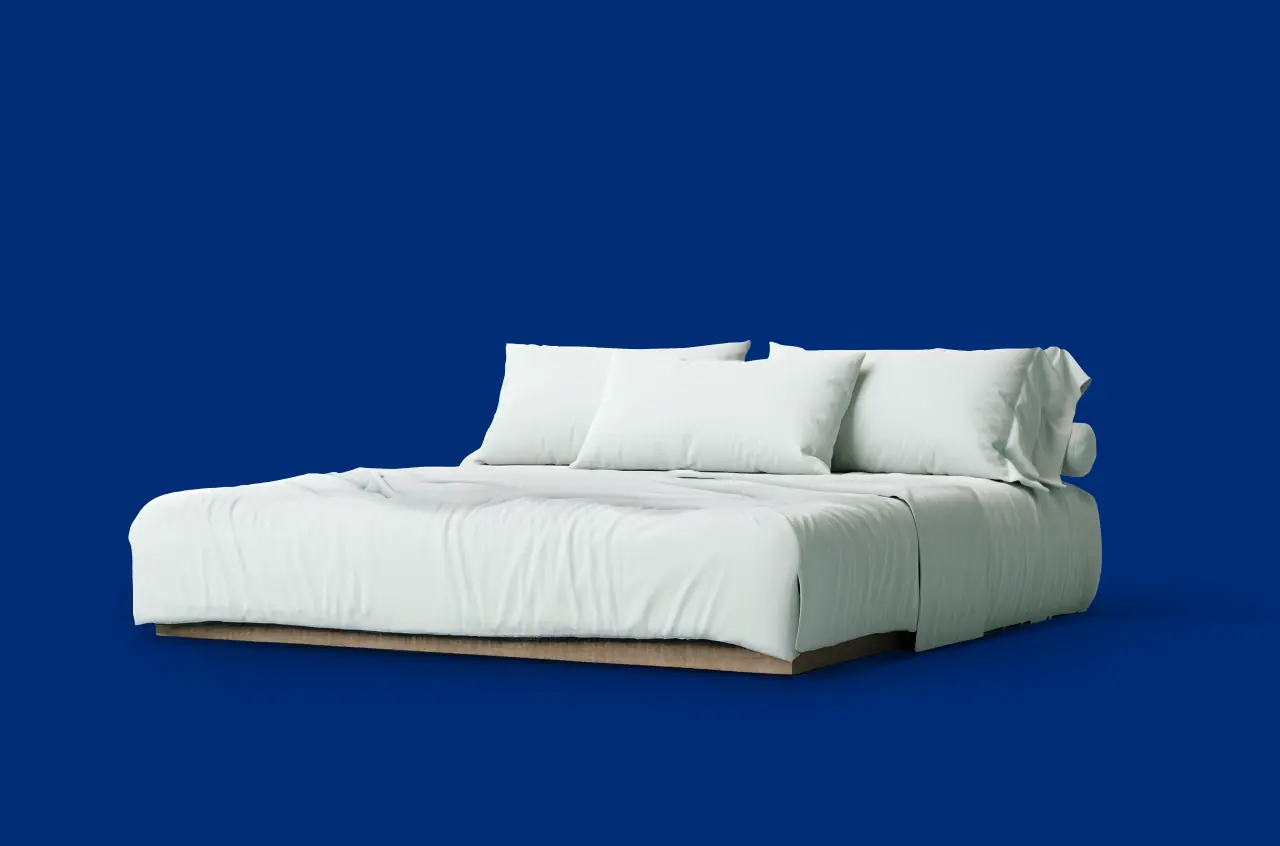To provide services at the highest level, we use cookies. Using the website requires you to choose settings related to their storage on your device. If you want to know what each type of cookie is used for, click the Details button below.
Why does a mattress sink and how to fix it?10 kwietnia 2025 |

A mattress can begin to deform and lose its properties just a few months after purchase. This is usually due to the use of low-quality materials ? most commonly cheap polyurethane foam (known as T-foam), which has a low density and deforms quickly. Other reasons include the wrong choice or arrangement of foam layers, use of fragile materials like latex (which can crumble over time due to oxidation), or natural fibers that tend to clump. Mattresses with pocket or bonnell springs are also more prone to deformation, as these springs work only in a vertical direction and lose their resilience faster.
In general, rolled-up mattresses aren't the best idea. It?s better to invest in a mattress that hasn't been compressed. However, if you do purchase a rolled mattress, allow it up to 48 hours to expand and regain its shape. Keep in mind that it may never fully return to the state it was in before being rolled and compressed.
If your mattress has visible indentations and no longer supports you properly, it?s unlikely to be salvageable. In that case, consider replacing it with a higher-quality model. If the sagging was caused by poor materials, look for a mattress that uses modern technologies designed to prevent deformation.
That sensation often comes from having memory foam in the top layer ? which is considered a design flaw. If memory foam isn?t used, the cause may be uneven elasticity. T-foam, for instance, lacks proper support. Springs may also deform permanently under pressure, especially in the most heavily loaded zones. Poor ventilation and the use of natural fibers that tend to compress can also affect sleeping comfort.
No, a properly made mattress should provide even support without forming deep impressions or visible distortions. If your mattress is sagging, it?s a clear sign that the materials or construction aren?t durable enough. That?s why it?s so important to choose products made from high-quality components and modern technologies, such as those used in the Osaka Air mattress.